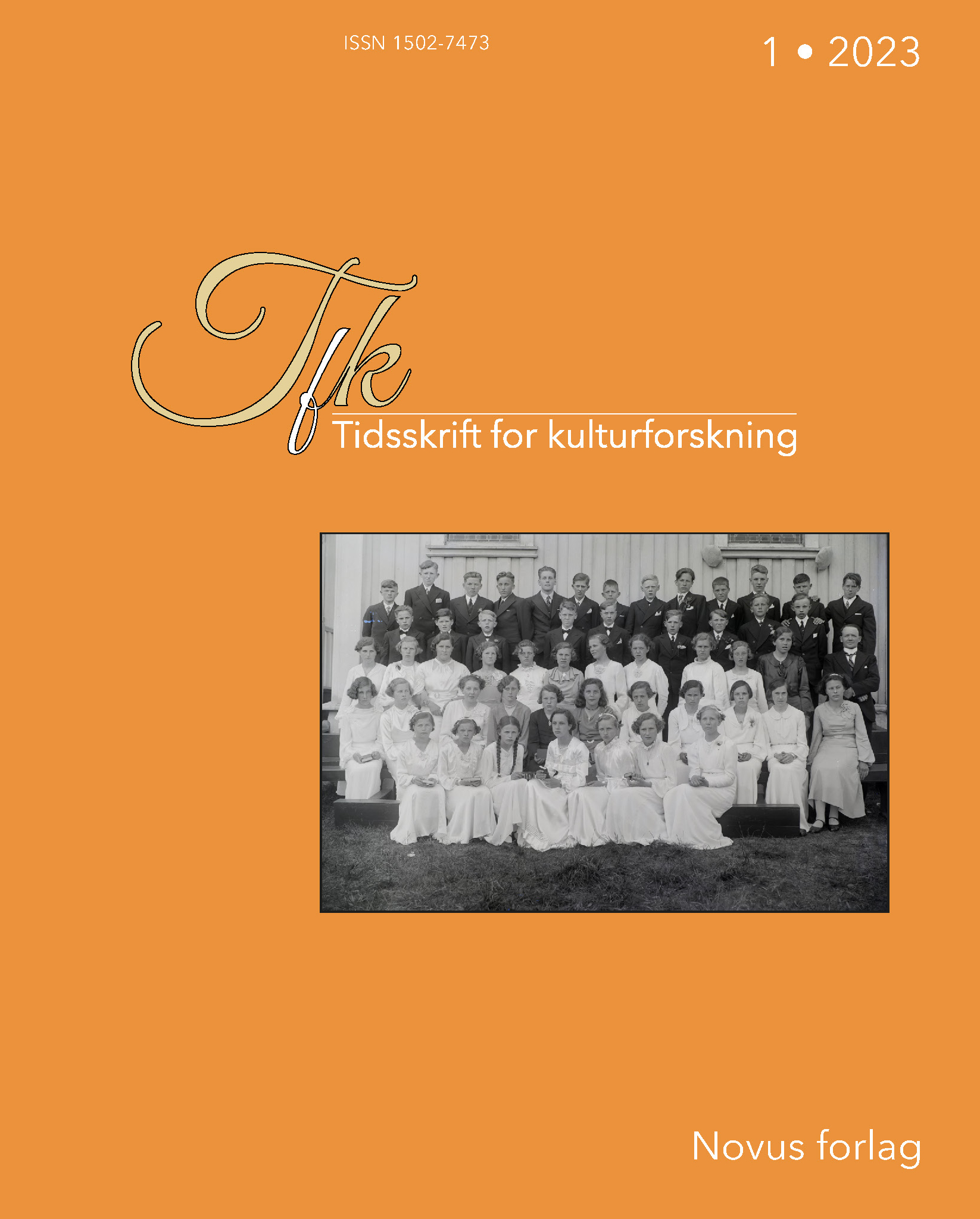Sammendrag
This article examines the connections between sustainability and cultural heritage in a branch of the everyday climate activist movement Sustainable lives in a suburb of Bergen, Norway. In the material, narrative and performative practices of the activists in the movement cultural heritage become both a way of forming a platform in the public sphere and a way of creating a connection between past, present and future which is mirrored in the discourse of a sustainable climate-changed future. By taking on the responsibility as cultural heirs the movement simultaneously creates the cultural heritage that they claim responsibility for.
The house Lystgården in the suburb Landås is an old mansion, built in the 1600s as Landås hovedgård, which now houses the movement Sustainable lives and is the center of most of the activities in the Landås chapter. By re-telling the story of the house as the summer home of the childhood and youth of Bergen native composer Edvard Grieg the movement connects to the romantic perception of nature in the 1800s and a nostalgic image of peasant culture. The article examines both materials, narratives, and performative strategies for creating the identity as a kind of sustainable cultural heirs.

Dette verket er lisensiert under Creative Commons Attribution-ShareAlike 4.0 International License.
Opphavsrett 2023 Lone Ree Milkær

